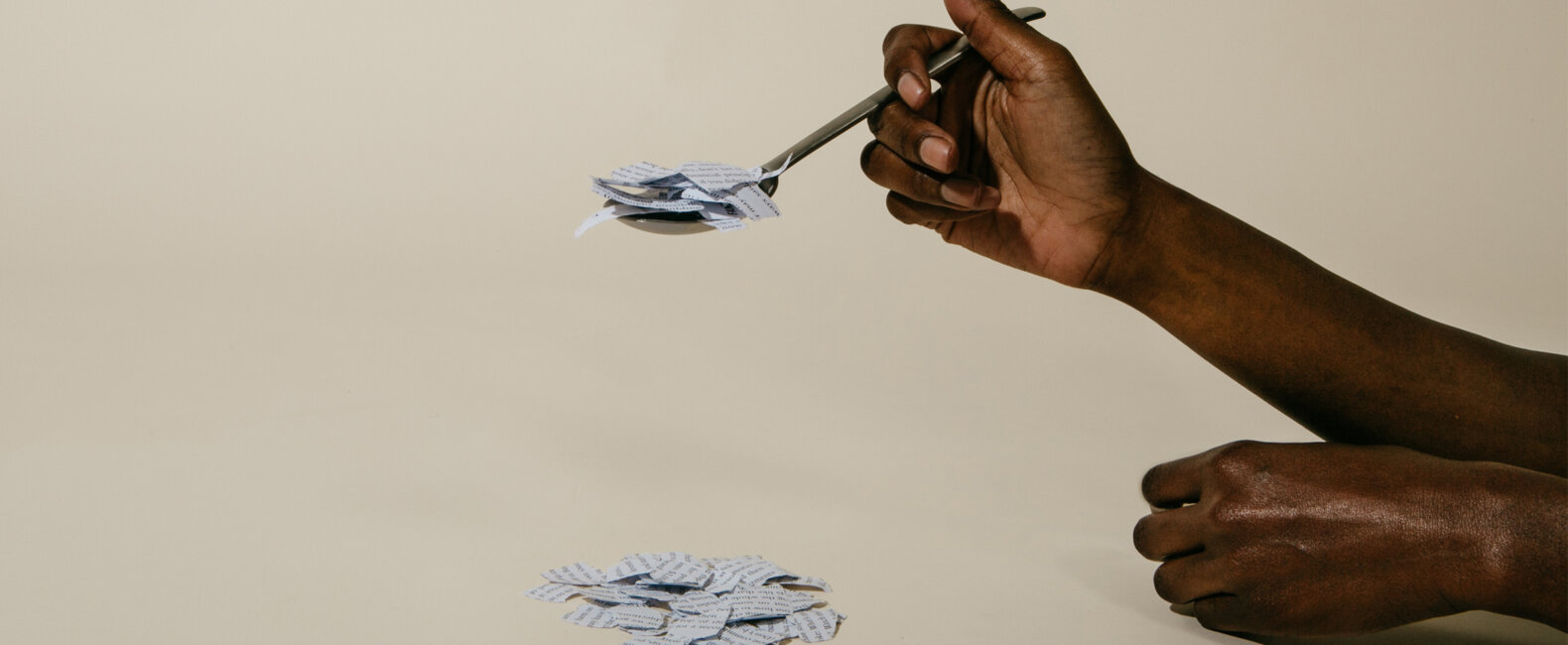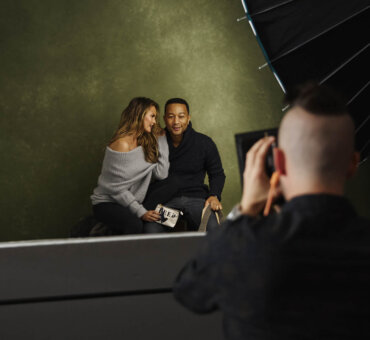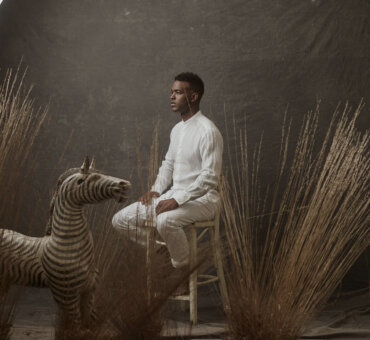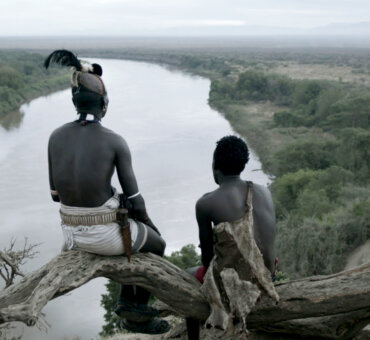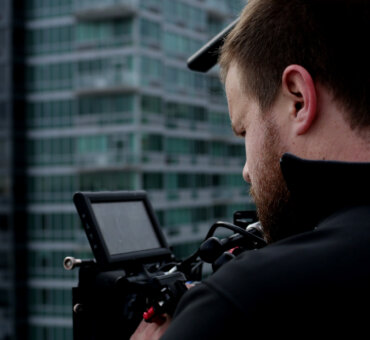The creative journey is a strange mix of creating yourself and becoming who you’ve been all along. On some level, we don’t have much control over our sensibilities. From early on, we like the things we like. We are drawn to things that inspire us. We don’t have to teach ourselves our favorite color: we just know it. Getting too far away from these things is what’s called being a poser. At the same time, though, our tastes need to be refined, expanded, sharpened. Ideally, macaroni and cheese will not always be our favorite food.
We were talking with our friend Joey L. when the subject of taste came up. Joey was telling us that photographers (or any creatives) can master 80 percent of their craft through technical knowledge alone. Just by learning the basic skills and science of their art. But if they’re ever going to make it to 90 or 95 percent quality (let’s not even kid ourselves about 100 percent), it all comes down to taste.

This was interesting to us. We’d never thought about taste as something that could be improved. We’d always considered taste to be like one’s personality: intrinsic — you get what you get. But Joey disagreed. “The reason some people say taste can’t be taught is because it takes so damn long,” he said. “Not many people have 10 years to devote to helping someone along just to reach the conclusion that ‘Taste can’t be taught; it’s something you have or don’t have.’”
Which got us thinking: What should we be doing to improve our taste?
Our initial research on the topic brought us not to creative websites, but culinary ones. Mostly message boards of young chefs asking how they can improve their literal taste. Their taste buds. Their palates. We were about to click away when we saw an answer that encouraged a young chef to devote himself to understanding the nuance of each of the five tastes: sweet, salty, sour, bitter, and umami. We thought: Umami? What the heck is umami? And we realized in that moment that tastes of every kind were something of a mystery to us.
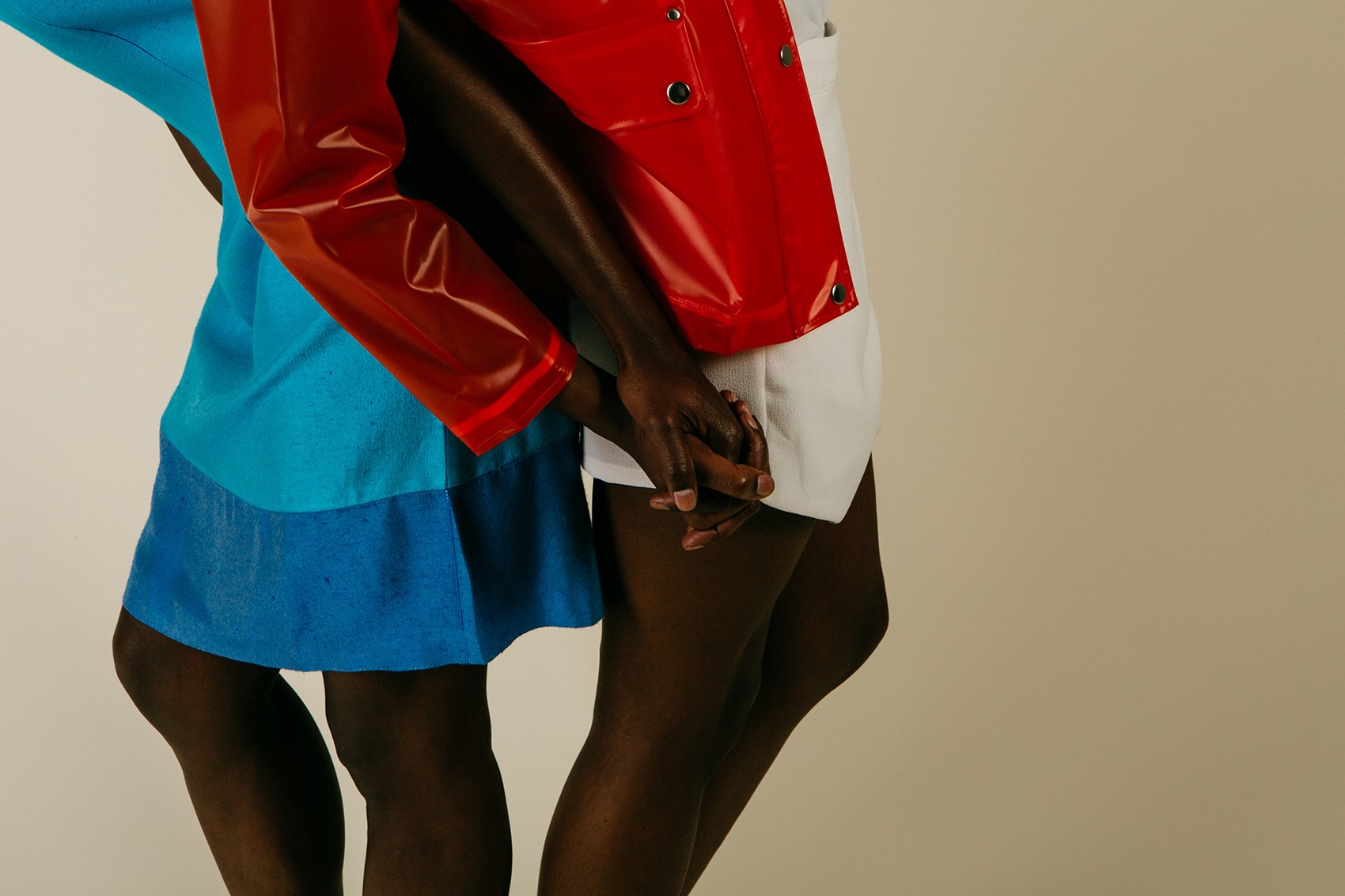
Breaking down the visual world is important because our natural tendency is to accept things at face value.
Umami, it turns out, was not widely accepted as a taste until 2002. The other four tastes — sweet, salty, sour, bitter — had been agreed upon forever. Those were locked down back in Aristotle’s day. But all along there was another taste, a fifth taste, waiting to be identified. Not only did people’s individual tastes have to be refined in order to pick up on it, but taste itself had to advance. Forget 10 years to develop taste — Umami took thousands. Point being: developing taste of any kind is a lifelong endeavor.
In her brilliant short film Teaching to See, designer and educator Inge Druckrey talks about developing visual taste: “You really learn to look. And it pays off…suddenly you begin to see wonderful things in your daily life you never noticed.” It turns out the methods for developing visual taste are not at all different from a chef’s methods of developing literal taste. From both, we took away two main things.
BREAK DOWN YOUR WORLD

The first thing Inge Druckrey talks about in Teaching to See is the importance of breaking down your visual world. “What interested me was to teach students to see in an abstract manner. So not to see an object, but to see [an object] as something round or square, something textured or smooth, and to translate what they see into a form language.”
Breaking down the visual world is important because our natural tendency is to accept things at face value. When we look at a building, we see a building. When we look at a car, we see a car. Druckrey encourages her students to keep looking at things until they start to see what’s really there: the pieces that make up the whole. Shapes and light. Converging and diverging lines. It’s by breaking down our visual world that we begin to improve our visual taste. Similar to the way a great chef can identify every herb and spice in a recipe, a creative with good taste can break down a work into its component pieces. “Give yourself time to stare,” Druckrey says, “and see what’s there.”

EXPAND YOUR WORLD
Both chefs and visual artists implore students to relentlessly consume new things. To push themselves outside of their normal tastes into strange, sometimes scary places. When we asked Hollywood cinematographer Rachel Morrison what advice she’d give a young cinematographer, without hesitation the first thing she said was, “Watch as much foreign cinema as you can.” Your taste will never improve if it doesn’t also expand.
On the one hand, it’s important to linger, to stare, to slow down. Yet on the other hand, it’s also important to see everything you can, to consume ravenously, to speed up. In some strange way, it’s the combination of the two that improves our taste.
In a lot of ways, getting your craft up to 90 or 95 percent is all about discovering your umami — that thing that’s always been there, but it’s been too nuanced for you to notice. It takes time to get there. Joey L. compared it to evolution. You won’t notice your taste growing day to day (although there will be occasional breakthroughs). But as you push yourself to experience a wider variety of things, as you force yourself to pull those things apart, very slowly your taste will improve. You will see things you’ve never seen before, understand things that never made any sense. You will find yourself inching toward that impossible 100 percent.















































































